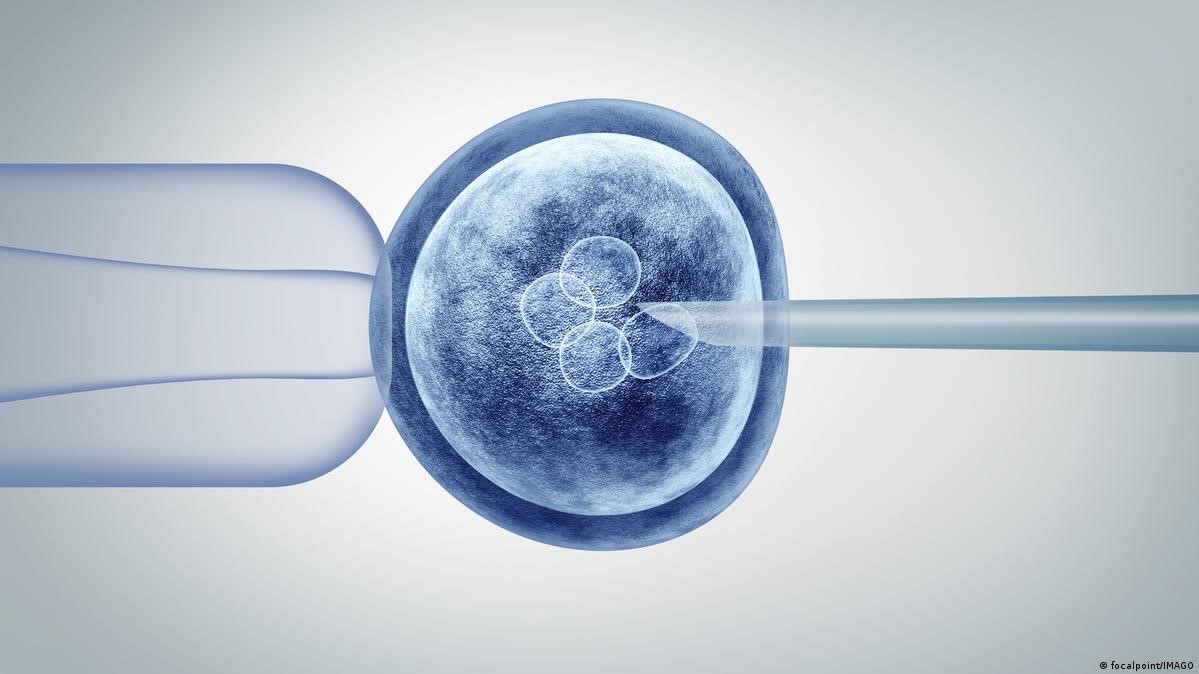Free Courses Sale ends Soon, Get It Now


Free Courses Sale ends Soon, Get It Now



Source: IndianExpress
Disclaimer: Copyright infringement not intended.
Context
Details
Inherited Blindness
Types of Inherited Blindness:
CRISPR-Cas9
Components and Mechanism:
Applications in Genetic Research:
Biotechnological and Agricultural Applications:
Therapeutic Applications:
Ethical Considerations:
Sources:
|
PRACTICE QUESTION Q. CRISPR-Cas9 represents a groundbreaking technology with vast potential for scientific discovery, biotechnological innovation, and therapeutic interventions. Discuss with the help of examples. (250 words) |
© 2024 iasgyan. All right reserved